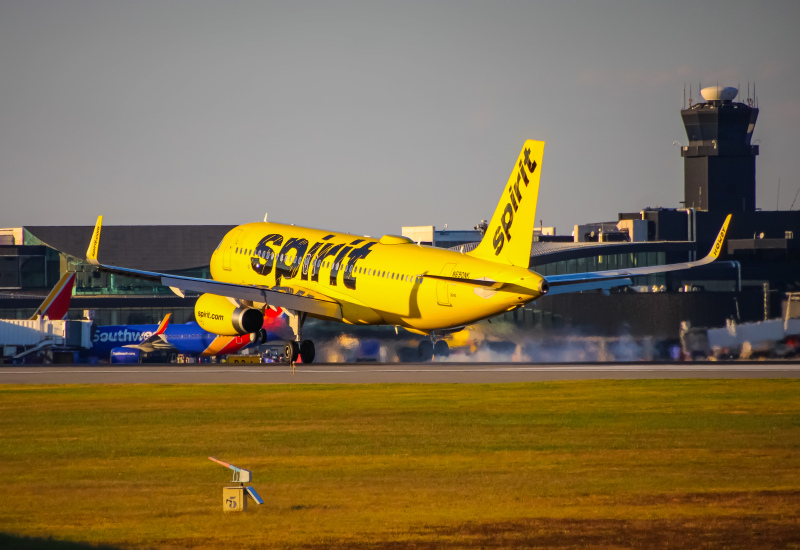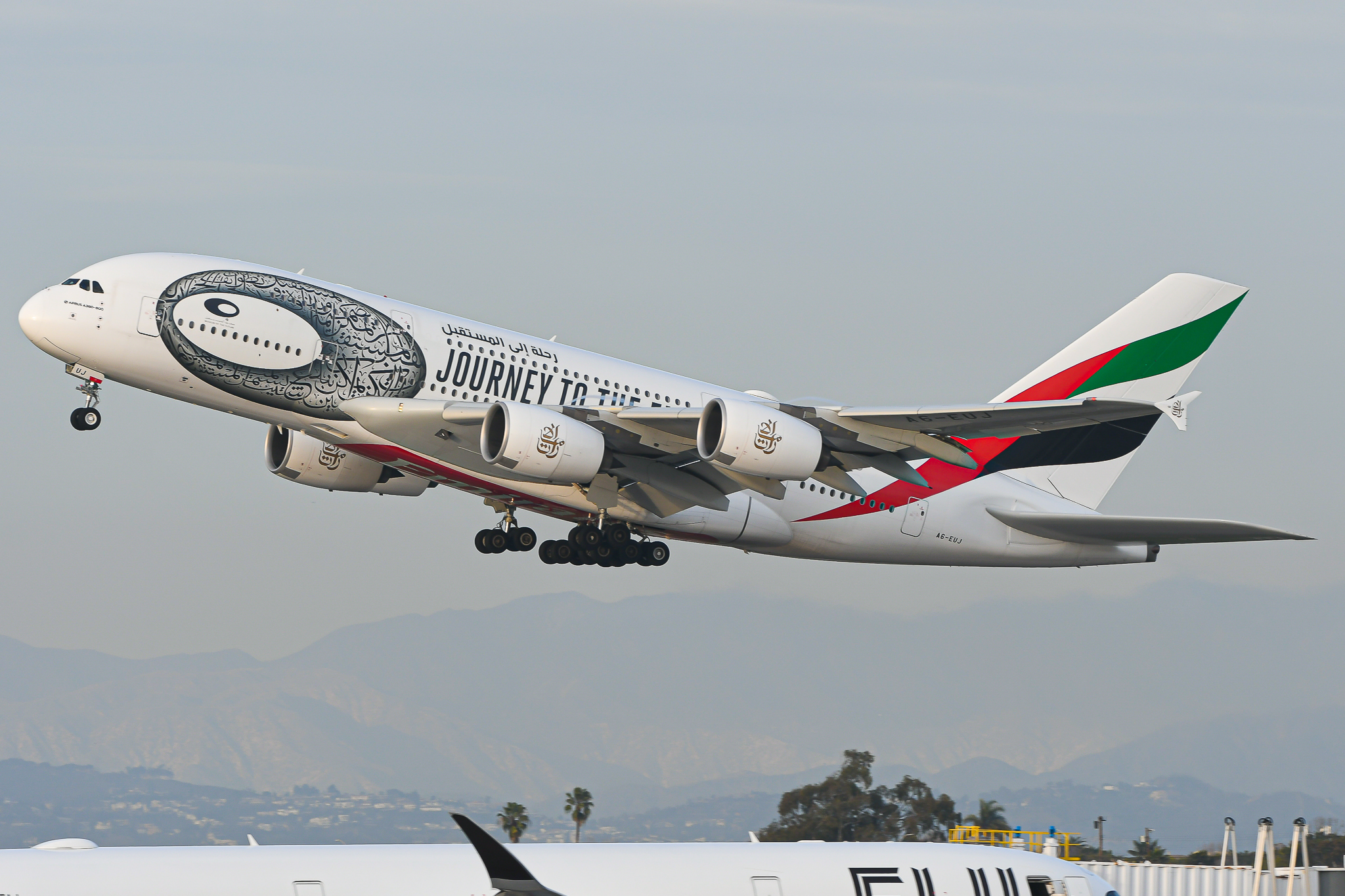Passenger load factor, commonly abbreviated as LF, is the measure of the number of paying passengers expressed as a percentage of the aircraft's total passenger-carrying capacity. For a given flight leg, it is calculated simply by the expression:

Let's hypothesize a scenario of a low-cost carrier like Southwest Airlines, operating a Boeing 737 MAX 7 for a given route A-B. With the maximum passenger carrying capacity of the aircraft at 150, and the passengers aboard the aircraft at 70, the LF would be 46.67% (70/150 * 100). Note that the distance cancels out on both the numerator and denominator. Depending on the airline's business model, the breakeven LF for most is often at least 75%.

Considering the objective for airlines is to make profits, a 46.67% LF falls short of that. Remember, airlines have certain fixed costs such as insurance costs and salaries that have to be paid irrespective of how little revenue is generated. What if the number of paying passengers aboard the aircraft was to increase to 140 for the same flight? Then the LF would be a whopping 93%. With similar considerations that the airline needs to pay off the fixed costs, among many more, then this LF would be the ideal deal-maker. Notably, this is for rather obvious reasons:
- The airline would spread its fixed costs amongst the paying passengers. Remember, paying passengers normally match the number of occupied seats, and could differ from passenger head counts, which could even include infants.
- The airline, specifically the key stakeholders such as the management and investors, can determine the revenue generation and profitability of the airline.

To put the 75% LF in perspective, in 2021, Southwest Airlines held an average load factor of 78.5%, Delta Air Lines held 69%, American Airlines held 73.5%, and United Airlines held 72.2%. Notably, Delta's turned a $280 million profit in 2021, while American was unprofitable. Ultimately, there are many Key Performance Indicators (KPIs) for airlines. A higher LF is probably the first step in the right direction to analyze and forecast next steps, even if it doesn't directly correlate to profitability as that relies on additional outside metrics and business model structures.
How Emirates Makes the A380 Work » How To Survive a 17 Hour Flight In Economy Class » Boeing Whistleblower Found Dead After Testifying Against Company »
Comments (0)
Add Your Comment
SHARE
TAGS
INFORMATIONAL InformationalEducationalLoad FactorsTravelAir TransportAir TravelRECENTLY PUBLISHED
 How To Survive a 17 Hour Flight In Economy Class
Are you dreading your next long haul flight in economy? Here are some tips and tricks on how to survive your next ultra long haul flight.
NEWS
READ MORE »
How To Survive a 17 Hour Flight In Economy Class
Are you dreading your next long haul flight in economy? Here are some tips and tricks on how to survive your next ultra long haul flight.
NEWS
READ MORE »
 How Emirates Makes the A380 Work
The Airbus A380 has not been the financial success that Airbus hoped it would be. Many airlines have retired their A380s and others consistently consider doing so. However, Emirates is the clear exception in this case, so how does Emirates make the A380 work to its benefit?
INFORMATIONAL
READ MORE »
How Emirates Makes the A380 Work
The Airbus A380 has not been the financial success that Airbus hoped it would be. Many airlines have retired their A380s and others consistently consider doing so. However, Emirates is the clear exception in this case, so how does Emirates make the A380 work to its benefit?
INFORMATIONAL
READ MORE »
.jpg) Boeing Whistleblower Found Dead After Testifying Against Company
A Boeing whistleblower was found dead in an apparent suicide in a parking lot in South Carolina. The whistleblower, John Barnett, was in an ongoing legal case against Boeing for a 2017 complaint against the aerospace giant.
STORIES
READ MORE »
Boeing Whistleblower Found Dead After Testifying Against Company
A Boeing whistleblower was found dead in an apparent suicide in a parking lot in South Carolina. The whistleblower, John Barnett, was in an ongoing legal case against Boeing for a 2017 complaint against the aerospace giant.
STORIES
READ MORE »





